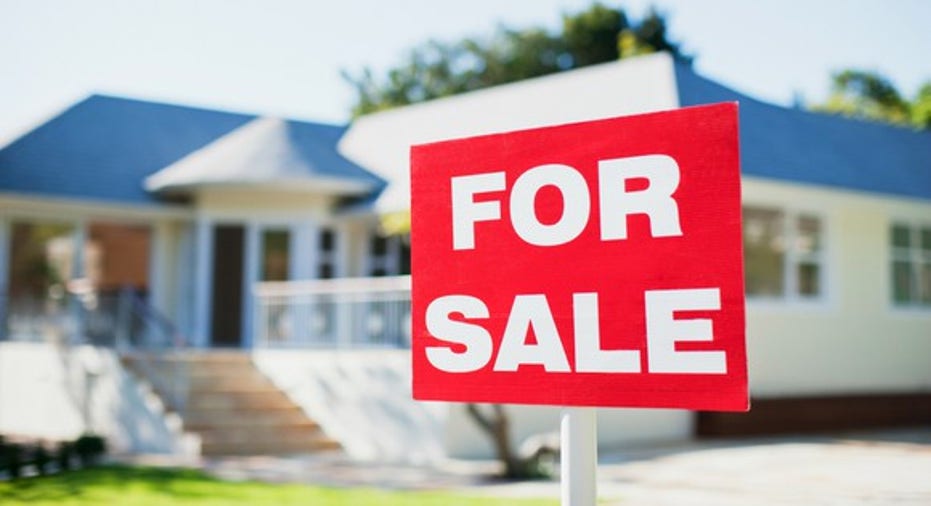What Is a HARP Loan -- and Can I Get One?

After the housing bubble began to burst in 2006, sending prices plunging for several years, a lot of people were left with mortgages that were underwater -- meaning that the value of their home had dropped to less than the owner's equity in it.
Being in that situation causes a number of problems. The first is that selling a property that's worth less than your loan balance either requires the seller to put cash in or the bank to agree to a short sale -- in which the home is sold for less than the borrower owes, and the mortgage-holder forgives the difference.
The other problem is that when you're underwater, it's impossible to conventionally refinance your loan. Even if you have significant means, lenders won't refinance a mortgage where the seller has no (or limited) equity. In many cases, that meant that as interest rates fell, people who otherwise would have qualified for refinancing were denied.
Finding out that you have little or no equity in your home -- generally a person's largest asset -- can be a sobering event, one that's made worse by the fact that it comes with the secondary blow of not being able to refinance at a lower mortgage rate. Fortunately, at least for some homeowners, that's why the Federal Housing Finance Agency created the Home Affordable Refinance Program, aka HARP.
A HARP loan can help keep people in a home after the economic winds shift against them. Image source; Getty Images.
What is HARP?
HARP has changed a bit since it was first introduced in 2009, but the current version of the program lets mortgage holders in good standing on their current loans refinance, even if they owe more money than the house is worth. HARP loans do not have a loan-to-value (LTV) ceiling, so there is no specific minimum amount of equity nor a set maximum "depth" underwater for a property to be HARP-eligible. According to the program's website, which explains how the loans work:
Essentially HARP helps people who have been (mostly) steadily paying their mortgage refinance. Under the current version of the program there is literally no limit on how far under they might be. (The initial version capped it at 125% LTV.)
Who is eligible for HARP?
While HARP has looser standards than many types of refinancing, there are some rules. First, the borrower(s) must be current on the existing loan with no payments late 30-plus days in the last six months and no more than 12 in the past year. In addition, the home must be a primary residence, a single-unit second home, or a one-to-four-unit investment property.
In addition, your loan must have originated on or before May 31, 2009, and it has to be owned by Freddie Mac (NASDAQOTH: FMCC) or Fannie Mae (NASDAQOTH: FNMA). (You can look up those last two here for Fannie Mae and here for Freddie Mac.) It's also required that your LTV must be greater than 80%, because if you already have 20% equity, you don't need HARP and can refinance through traditional methods.
It's also worth pointing out that Fannie Mae and Freddie Mac are not direct lenders. Instead, they work various approved lenders (maybe even your current mortgage holder) which can be found here for Fannie Mae and here for Freddie Mac.
Who should apply for HARP?
If you meet the HARP requirements above, before refinancing you will want to apply all the same checks you would before attempting to refinance any mortgage. Basically, you need to calculate how much lower your new interest rate will be, how much that will save you each month, and what the closing costs are. Once you have those numbers, you need to consider if you are likely to be living in the home long enough to make back the amount you have to front in closing costs.
If you have a mortgage on a home you intend to live for a long time, that meets the above criteria, then HARP can save you money, lowering your monthly expenses while you either live there for a long time or wait for the housing market to recover.
The $15,834 Social Security bonus most retirees completely overlook If you're like most Americans, you're a few years (or more) behind on your retirement savings. But a handful of little-known "Social Security secrets" could help ensure a boost in your retirement income. For example: one easy trick could pay you as much as $15,834 more... each year! Once you learn how to maximize your Social Security benefits, we think you could retire confidently with the peace of mind we're all after.Simply click here to discover how to learn more about these strategies.
Daniel Kline has no position in any stocks mentioned. He and his wife once did a HARP refinance. The Motley Fool has no position in any of the stocks mentioned. Try any of our Foolish newsletter services free for 30 days. We Fools may not all hold the same opinions, but we all believe that considering a diverse range of insights makes us better investors. The Motley Fool has a disclosure policy.